iDogCam Premium Install Information
Explore the iDogCam systems tailored for your pet care business.

First things first; DON’T BE AFRAID TO CALL 424-229-2146 Ext. 0 with any question! We would rather have multiple 5 – 10 minute calls, than an extended trouble shooting session.
Setting up the Premium System
Don't
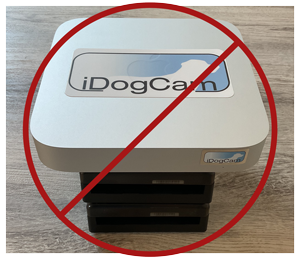 |
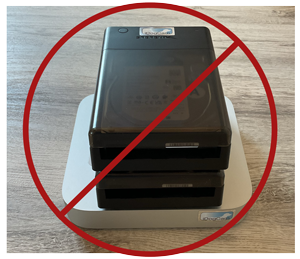 |
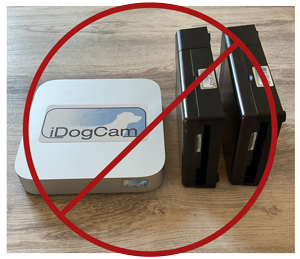 |
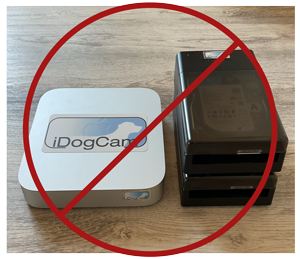 |
|
Stacking or setting the drives on their side causes heat to build up and shorten the life of the drives. |
|||
Do
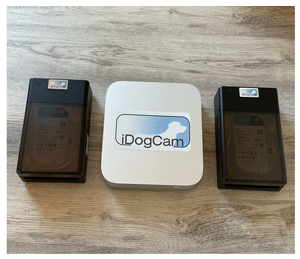 |
|||
|
Leave space around the drives for ventilation. |
|||
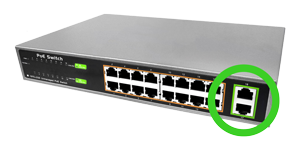 |
 |
|
When connecting to the server or router use the uplink ports, not the standard POE ports. |
|
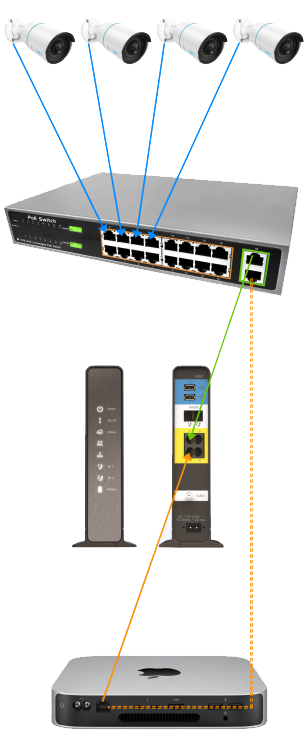 |
The cameras will connect to the PoE (Power over Ethernet) switch via the network cables. They will plug into the orange outlined section of the switch. (Illustrated by the Blue lines) It will be incredibly helpful in the future if you label the cables; or create a list that says camera “x” is plugged into port “x” on the switch. Ideally you would want camera 1 into port 1, camera 2 into port 2, etc…, but this is not always possible so please notate for any future trouble shooting needs. |
The PoE switch will connect to the ISP (Internet Service Provider) router via a network cable. The connection will be made from the green outlined area on the switch, or a port labeled “Uplink”. (Illustrated by the Green line) The ISP router will often have 4 ports on the rear, open for physical connections. They will sometimes be highlighted in yellow. They may also be labeled as “LAN” ports. |
|
The iDogCam server will also connect to the ISP router via a network cable to one of these LAN ports. (Illustrated by the solid orange line) There may be times when it is not possible to plug the server directly into the LAN ports on the router. In this case you may plug the server into one of the Uplink ports, green outlined section, on the PoE switch. (Illustrated by the dashed orange line) Again, labeling the cable or notating which port the server is plugged into. |
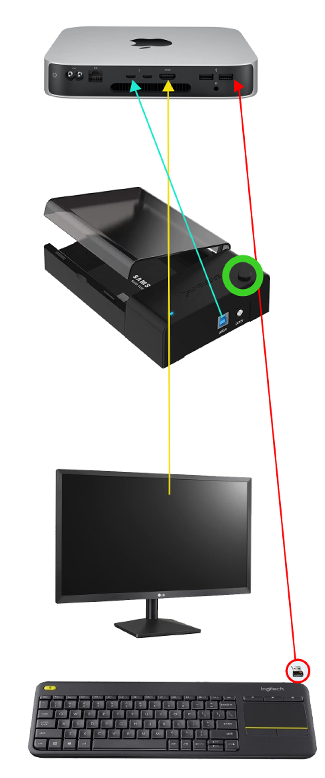 |
The Sabrent hard drive enclosure(s) will connect to the server with the cable that came in the package (USB-B to USB-C cable) (Illustrated with the teal line). The drive needs external power, AND the power button (Green circle) turned on to fully function. |
The monitor will connect with an HDMI cable, sent with the monitor. (Illustrated with the yellow line) |
|
Last will be the keyboard/trackpad. It is a Bluetooth connection. There is a small USB-A device (red circle) that is in the box with the keyboard. This will plug into a USB-A slot on the server, either port will work. (Illustrated by Red line). The keyboard has a power switch on it that will also need to be turned on. |
|
Once all hardware is connected, reach out to iDogCam support to verify that we see the system. You can call 424-229-2146 Ext. 0 to reach us. |
Installation Tips
- Call 424-229-2146 Ext. 0 if in doubt. We would rather have multiple 5 – 10-minute calls than an extended troubleshooting session.
- Setup the server, monitor, and hard drives first. Then connect the PoE switch. Before hanging any camera in its final location, TEST it!
- Label the cables and/or the PoE switch. We also included a blank excel form you can fill in for what camera is plugged into what port. Save the form for future troubleshooting.
- When possible, plug camera 1 into port 1 of the PoE switch, camera 2 into port 2, and so on…
You can do this by plugging the camera into the switch with the short blue cable that came in the box. If all items are connected, the camera will appear on the monitor after a minute or two. This will verify that the camera is good and not damaged from transit. It will also prove that, once hung, if it does not appear within a minute or two, you have a cable issue. This will add a little time to your install but will save you a headache.
If you don’t test the camera before installation, and it does not appear, you have to take it down, use the short blue cable and plug it into the switch, figure out which is the problem (camera or cable), fix it, then go back and hang it again. The extra time to test is better than the headache of running up and down the ladder and uninstalling/reinstalling the camera. We know from experience.